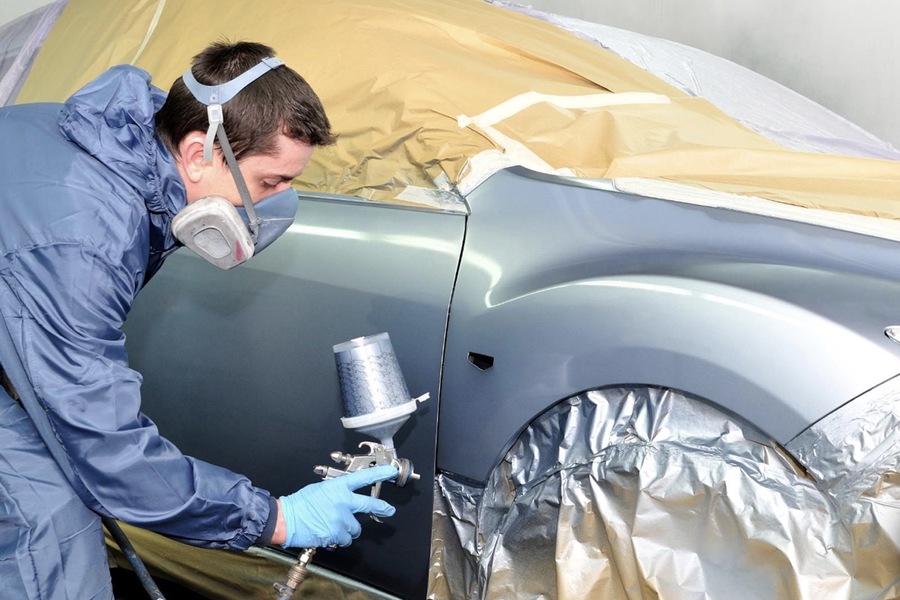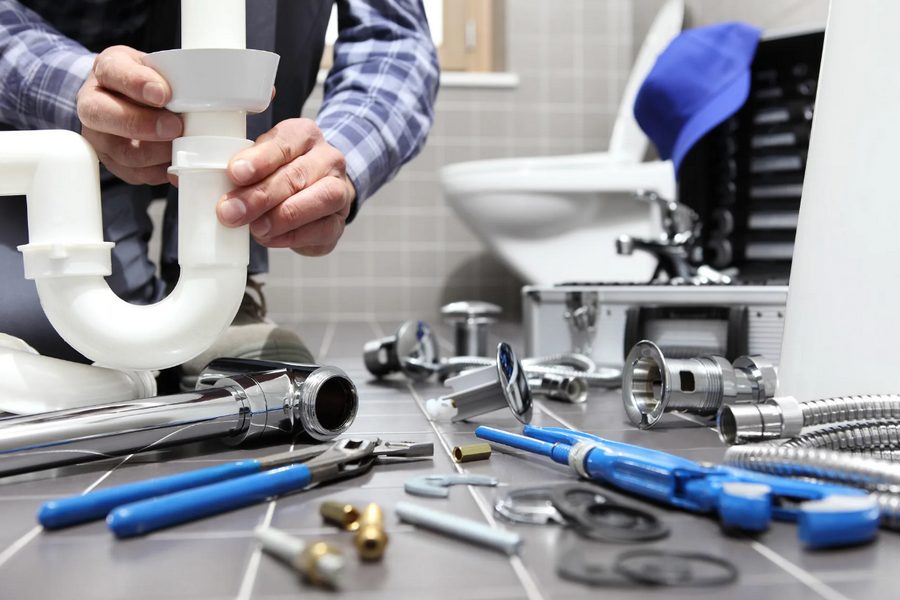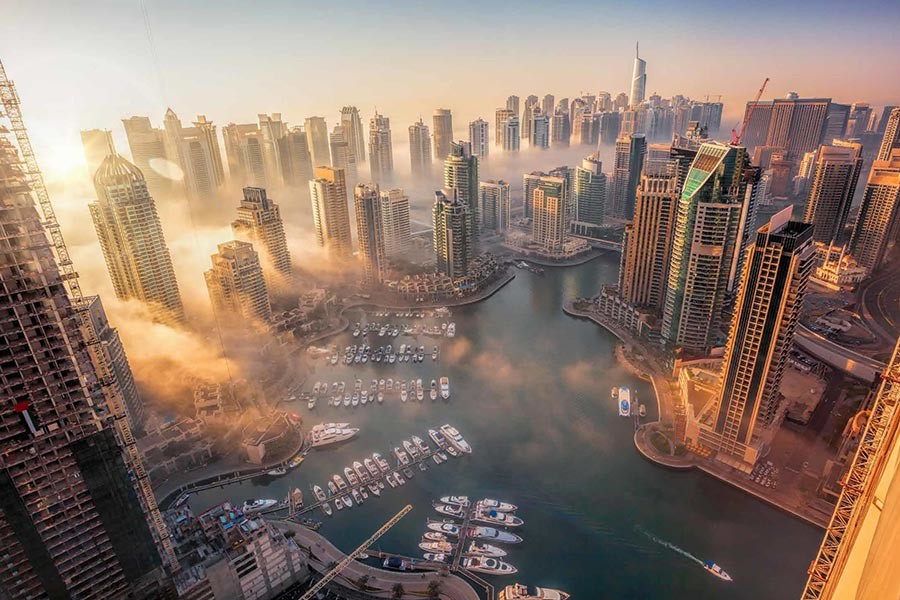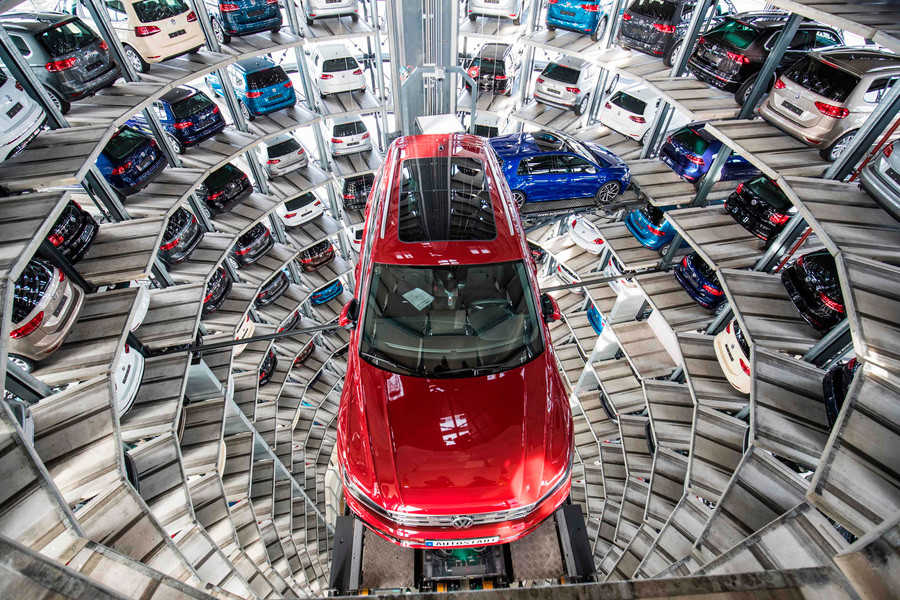Car paintwork is a critical component of automotive design, offering both aesthetic appeal and essential protection against environmental and physical damage. This multi-layer coating process involves applying several layers of paints and varnishes to the surface of body panels, ensuring durability and beauty. Companies like Ziebart specialize in advanced paint protection techniques. Here’s an in-depth look at the intricacies of car paintwork, its application process, types, historical development, leading manufacturers, and tips for maintenance.
Importance of Car Paintwork
Car paintwork serves two fundamental purposes:
- Aesthetic Appeal: The paint enhances the car’s appearance, giving it a polished and attractive look. The wide range of colors and finishes available allows for personalization and visual appeal.
- Protection: It acts as a barrier against environmental factors such as UV rays, rain, snow, and pollutants. It also protects the body from physical damage, including scratches and dents, and prevents rust and corrosion.
The Process of Applying Factory Paintwork
The application of factory paintwork is a meticulous process involving several stages to ensure a durable and attractive finish:
- Galvanizing: Sheet metal used for the car body is galvanized on both sides. This involves applying a protective zinc coating to prevent rust and corrosion, safeguarding the metal from damage to the paintwork.
- Surface Preparation: The car body surface is thoroughly cleaned and degreased to remove contaminants like oil, dirt, and grease. This step is crucial for ensuring proper adhesion of subsequent layers.
- Phosphating and Priming: A phosphate layer is applied to enhance corrosion resistance and improve the adhesion of the primer. The primer then provides a smooth, uniform base for the paint, filling in minor imperfections and ensuring better paint adhesion.
- Painting and Varnishing: Multiple layers of paint and varnish are applied. The base coat gives the car its color, while the clear coat provides gloss and protection. This process involves precise application to achieve the desired shade and a durable, glossy protective layer. The thickness of the paintwork typically ranges from 80 to 180 micrometers, with automakers setting specific standards to meet durability and appearance requirements.

Types of Car Paintwork
Car paintwork can be classified based on its chemical composition:
- Alkyd Enamel: This type of paint is derived from oily alkyd resin and is known for its rapid polymerization without requiring additional conditions. It provides a durable finish but may have limited color options.
- Melamine Alkyd Enamel: Offering a rich range of colors, this durable coating requires a three-layer application and a longer drying time. It is highly resistant to chemicals and environmental factors.
- Acrylic Enamel: Popular among car owners, acrylic enamel consists of a coloring pigment and a hardener. It hardens through a chemical reaction, resulting in a resilient, glossy finish that is easy to apply and maintain.
Historical Development of Car Paintwork
The evolution of car paintwork reflects significant advancements in technology and changing industry demands:
- Early 20th Century: Initially, car painting used techniques similar to those for painting furniture and carriages, limited to black color. This method lacked durability and variety.
- 1923: DuPont introduced a nitrocellulose-based painting system, offering more color options and spray paint application. However, it had low resistance to solvents, including gasoline.
- 1930s: The development of alkyd paint systems marked the first use of polymers in paint coatings. Alkyd paints improved chemical and solvent resistance, providing a higher quality film.
- 1960s: Acrylic paints emerged, significantly enhancing paint durability and offering more vibrant colors and finishes.
- Late 1970s: Manufacturers began using separate protective and decorative layers to improve durability. This two-layer system increased the lifespan and resilience of the paintwork.
- 1990s: Acrylic powder varnish was developed, first used by Harley Davidson and later by Ford. This innovation provided even greater durability and protection, with a smoother finish.
Leading Manufacturers of Car Paintwork
Several manufacturers are renowned for their high-quality car paintwork:
– Duxone: Known for its comprehensive range of automotive refinishing products, providing excellent color matching and durability.
– HB-BODY: Recognized for UV-resistant paints that retain their color saturation over time, offering long-lasting protection and aesthetics.
– Mercedes-Benz: Rated the best for paintwork among German cars, known for its meticulous paint application process and high standards.
Other top-rated manufacturers based on survey results include Volvo, Land Rover, Audi, and BMW.

Maintaining Your Car’s Paintwork
To extend the life of your car’s paintwork, consider the following recommendations:
- Regular Washing and Polishing: Clean the car body regularly using appropriate products like car shampoos to avoid micro-scratches from dust. Regular washing removes contaminants that can damage the paint over time.
- Use Special Products: Select car shampoos and cleaning agents that are recommended for your car’s paint type. These products are formulated to clean effectively without harming the paint.
- Inspect for Rust: Regularly check the body for signs of rust and address any corrosion early. Early detection and treatment of rust spots can prevent them from spreading and causing more significant damage.
- Apply Polishes and Waxes: These products help prevent fading and protect against sun damage. Regular waxing creates a protective barrier, enhancing the paint’s longevity and shine.
- Use “Liquid Glass”: This alkaline solution creates a protective barrier against environmental elements, adding an extra layer of protection against scratches and contaminants.
- Vinyl Film Covering: Protect the car body or specific parts with vinyl film to guard against UV rays, mechanical, and chemical damage. This is especially useful for areas prone to high wear and tear.
End Note
In Dubai, Ziebart offers advanced car paint protection services, helping to preserve your vehicle’s paintwork. Their expertise ensures that your car remains in pristine condition, protected from the harsh environmental elements.
By understanding the intricacies of car paintwork and adhering to these maintenance tips, you can ensure your car remains visually appealing and well-protected against the elements, maintaining its value and appearance for years to come.

Skateboarder, ninja, guitarist, Mad Men fan and creative consultant. Doing at the sweet spot between modernism and programing to develop visual solutions that inform and persuade. Let’s design a world that’s thoughtful, considered and aesthetically pleasing.






